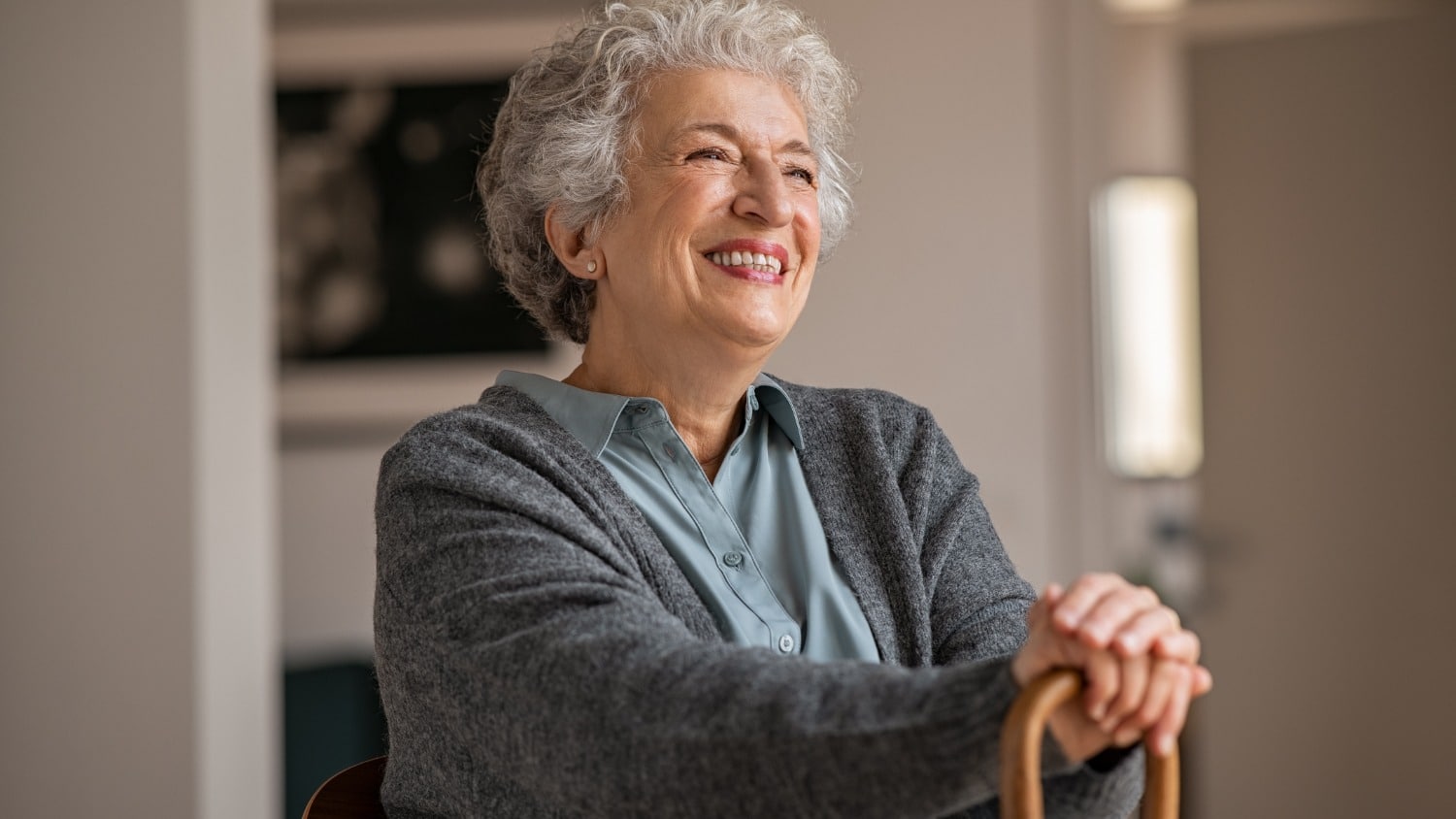
Ageism in Healthcare Can Impact Your Quality of Life
Is ageism coloring your choices and behaviors? Does it also impact the healthcare you receive? Attitudes, expectations, and beliefs about aging can impact both personal and healthcare choices for the better or worse.
Gratefully, after many decades focused on the physical dimension of health, we finally have ample research demonstrating the science of how positive versus negative beliefs and expectations impact health.
Placebo Effect
Brain scans show that positive expectations (“I know these pills will help”) can cause actual chemical and hormonal changes in the body, including altered blood pressure, heart rate, gastric secretions and immune system function – even when the pills have no active ingredients.
It’s called the placebo effect (do-no-harm) and research shows it accounts for about one third of the benefits of any treatment.
In fact, when testing any new drug, studies are designed to measure its effectiveness against the impact of a benign placebo drug (often a sugar pill). Ample evidence shows that what a patient thinks and believes about a treatment can impact physical responses.
Now some of the most prestigious medical schools in the world leverage this phenomenon by teaching mind-body-spirit techniques to assist in healing.
Nocebo Effect
Unfortunately, the same thing applies to negative expectations of medical procedures. It’s called the nocebo effect (will-do-harm) and research shows patients will feel more pain when told a procedure is painful, will take longer to heal, or may even consider themselves incapable of recovery when expectations are negative.
Individual beliefs, past experiences, and opinions of family and medical professionals all influence both the placebo and nocebo effects in healthcare.
In addition to personal beliefs, societal norms teach us about wellness and about illness – who it afflicts, and how it’s acquired and treated. This is a sobering thought when you consider the pervasiveness of ageism – negative expectations and beliefs about aging.
Ageism and the Nocebo Effect
Ageism is so common and socially acceptable – so boldly woven into our social fabric – that it creates a nocebo effect on the aging experience. It can manipulate what we believe is probable or possible as we age, and actively shapes how older adults are viewed and treated by others.
Consider the cartoons and jokes that openly belittle older adults. Turn 50 and receive black balloons and insulting greeting cards with negative stereotypes of aging that demean an individual’s value as a person by “accusing” them of belonging to a certain category of older adults – those with physical or mental challenges.
It isn’t socially acceptable to make demeaning comments about young people with functional challenges, so why is it tolerated – even celebrated – when aimed at older adults?
Ageism can also have a chilling impact on recovery – driving individuals to believe there is no hope for a positive outcome – simply because of age.
Lib’s Story
My 91-year-old friend Lib fell and broke her hip. Until that day she had an immense zest for life, a wonderful sense of humor, and a positive outlook. When I visited her in the hospital, she spoke only of what a good life she’d had.
My attempts to turn the subject to recovery were gently rebuked until she finally patted me on the knee and said, “Katie, honey, I’ve never known anyone my age to recover from a broken hip.” No amount of research data or motivational talk could change her internalized belief that life as she knew it was over. When I left, I knew Lib was in trouble. She was gone within a week.
Lib had a powerful internalized “script” for what happens to a woman her age who breaks a hip and simply could not envision overcoming this obstacle. Years of ageist programming, personal observations, and expectations effectively blocked her path to recovery.
Ageism in Healthcare
Ageism impacts confidence and self-esteem, shouting insults from every available medium and whispering into our subconscious. But it also drives very concrete outcomes.
Ageism in healthcare prevents the 70-year-old stroke survivor from receiving the same level of medical intervention (and social support) offered to a 35-year-old stroke survivor.
Consider how common it is for young people with health challenges to be given resources, tools, and encouragement to overcome and live fully in-spite of it.
In contrast, consider how common it is for older adults faced with similar health challenges to only be given tools and resources to cope with challenges by making their world smaller and more manageable. They aren’t given the same options for adaptive strategies and fullest recovery. This attitude and approach can literally block an older individual from believing in the possibility of recovery.
Your Story
Take a moment to consider how your personal expectations of aging currently impact health choices and behaviors, and whether they are working for or against you when responding to health challenges.
Consider how your healthcare provider approaches health challenges with you. Is the focus on coping or overcoming? There is a profound difference between these two approaches – which can lead to profoundly different outcomes.
Visit Brilliant Aging for more resources on how to align your expectations for positive outcomes, regardless of challenges.
Join the conversation! Have you observed either the placebo or the nocebo effect impacting someone you know who’s facing a health challenge? Have they impacted you?
Tags Healthy Aging






